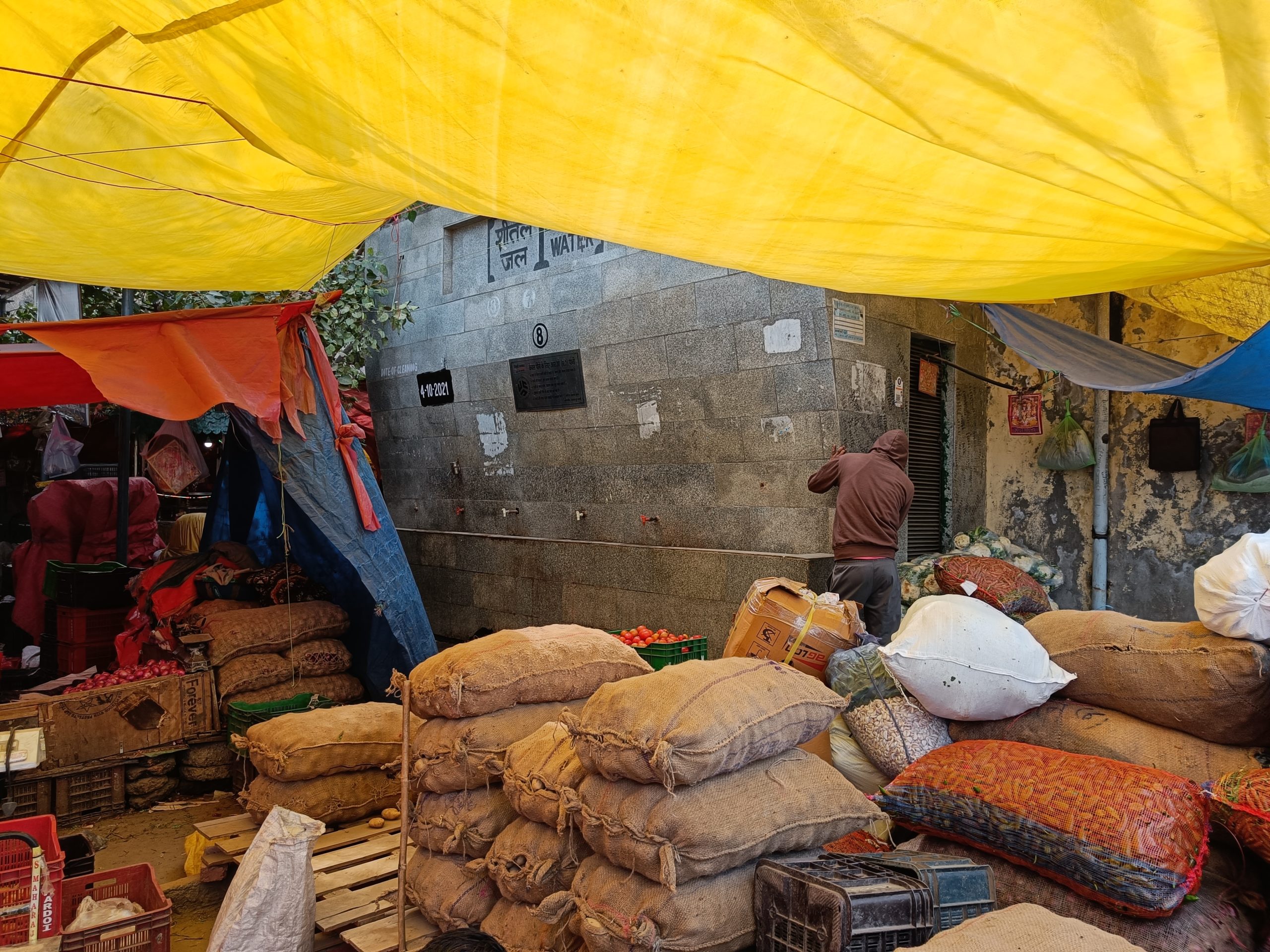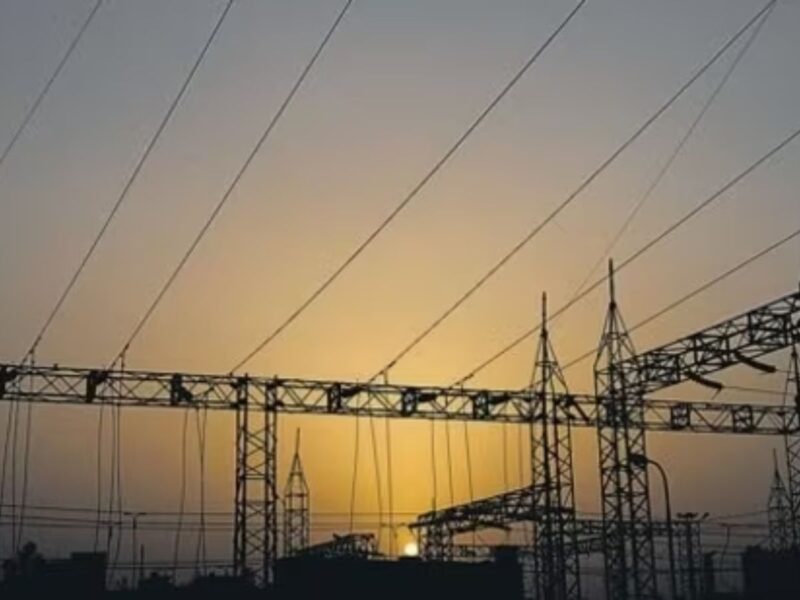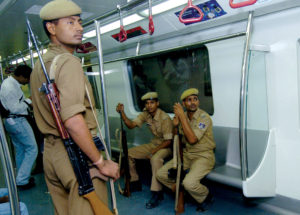As the national capital readies itself for summer, Asia’s largest vegetable and fruit market – Azadpur mandi battles a water crisis with the lack of clean drinking water and hygienic toilets.
In his sixties, Ratipal is doing arduous labour to earn a livelihood. His primary work is to load and unload trucks in Asia’s largest vegetable and fruit mandi – Azadpur Mandi. As the national capital gears itself up to see extreme summer days with the weather getting warmer gradually, water becomes more than a necessity for these labourers at the mandi to keep working in harsh conditions. But, unfortunately Asia’s largest mandi is witnessing a water crisis.
There are around two dozen drinking water facilities in the mandi, and many of them serve polluted and dirty water. “This water is not fit for drinking. I only come here to wash my face and gargle. The water tastes salty, and sometimes, the colour of the water is brown”, says Ratipal as he washes his face.
When asked about the number of days this water is salty and unclean, he says, “I came back from my village 15 days ago, and since then, the water is becoming worse day by day. One of my friends asked me to not drink the water from these taps. But one day, I was very thirsty and I drank water from these taps. The taste was salty. Since then, I only use this water to wash my face and hands.”
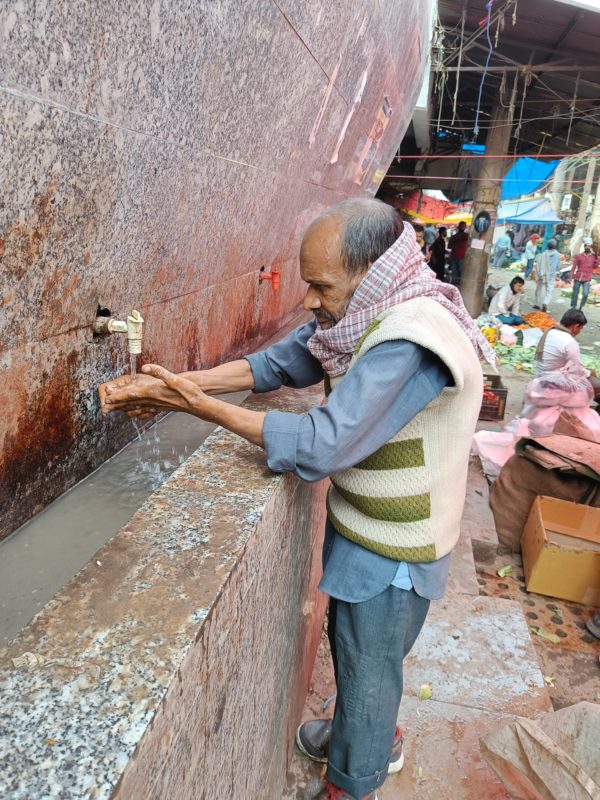
Water stations with taps for drinking water near Police Post of ‘A’ block were deserted. Sahib Rathore, a vegetable vendor, explained the reason behind the dirty water supply in taps. “Very few people drink water here because taste of the water is saline. From the last three years, these taps are here. But, since several months, the water has become dirty. R.O system which was installed to make water drinkable is not working. The administration is trying to fix the R.O system since several months but to no avail”, says Rathore.
When we asked other hawkers about this water crisis, they said they are facing this problem for the last three months and they are apprehensive about the summers. “Sometimes, these taps supply cool and clean drinking water, but other times, the water becomes worse”, a hawker informs.
According to some hawkers, the reason behind this problem are the missing lids of water tankers that supply water to these taps. When we climbed on the roof to check these lids, we found that the tanks were left uncovered, and the water inside unclean and brown in colour.
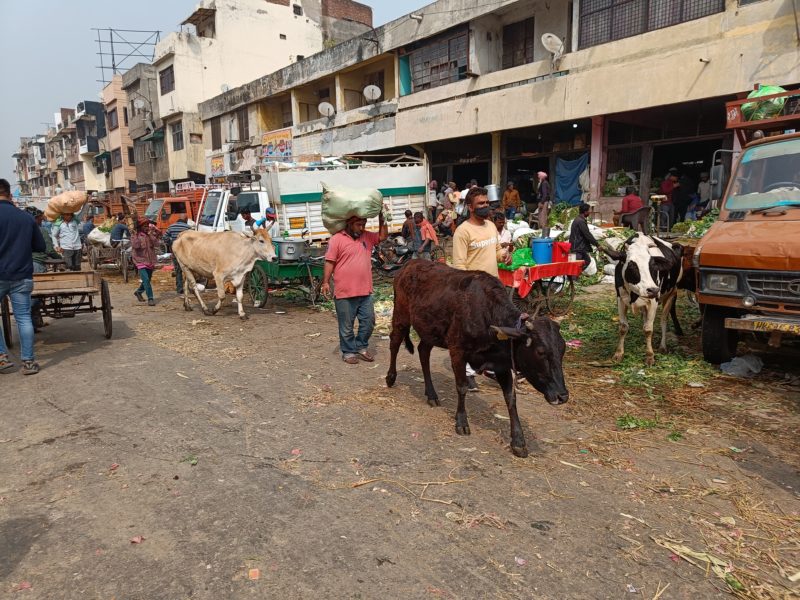
The condition of the taps supplying drinking water outside sanitation office, ironically, was no different either. When we climbed on the roof to check the tanks, these were too left uncovered. The water had become murkier and fallen leaves were floating in it.
Chandar Balli, a labourer, was washing his feet when we asked him about condition of the water. He said, “Water is dirty and the tanks are not covered with lids. Sometimes, we find monkeys bathing in these tanks. How can we use this water for drinking? Moreover, the water supply is halted for 2-3 days at times.”
Since the drinking water in the taps is not suitable, it raises concern about the alternatives that the labourers rely on for quenching their thirst . Balli says, “I buy water bottles. One bottle cost me Rs 10 and in a day, I drink around 4-5 bottles. This costs me Rs 50 a day on an average. Currently, I am spending 20-30 percent of my income on drinking water”.
He added, “I am a labourer. It’s hard for me. Traders are lucky because they are able to afford packaged drinking water. Sometimes, the labourers who are not able to afford packaged water, drink from these taps and then fall ill, which further impacts their work.”
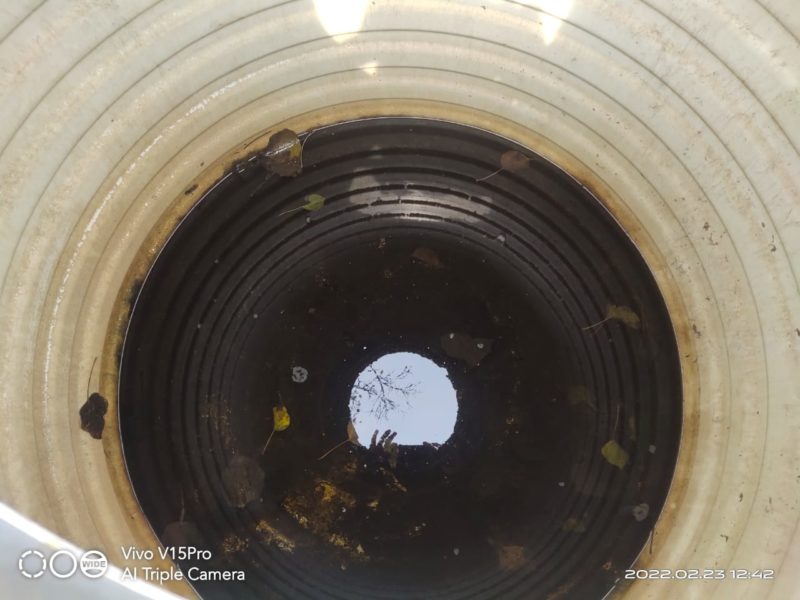
Delhi’s Azadpur Mandi witnesses an influx of thousands of people from all around the North India every day. One of the basic requirements for these people is clean water and a hygienic urination facility. But the condition inside the mandi is deplorable.
Men’s toilets are unusable as heaps of dirt and scraps, and cow dung cow dung lie everywhere. Not only does the space become inaccessible, but also becomes a hotspot for the spread of various disease. Women’s toilets are in no different condition.
Nisshant Gulati, a social worker who is working in the mandi for the last five years, also highlighted the problem of drinking water and unhygienic state of the mandi. “There are 28 clean drinking water facilities in the mandi and these waters supplying facilities are constructed well too. But the water it supplies is the worst. When I ask people, they complain about the water tasting salty. Sometimes, the supply of the water is paused for weeks and in such a situation, labourers are forced to buy water. Supply of drinking water is the duty of APMC but, they have always failed at this task,” says Gulati.
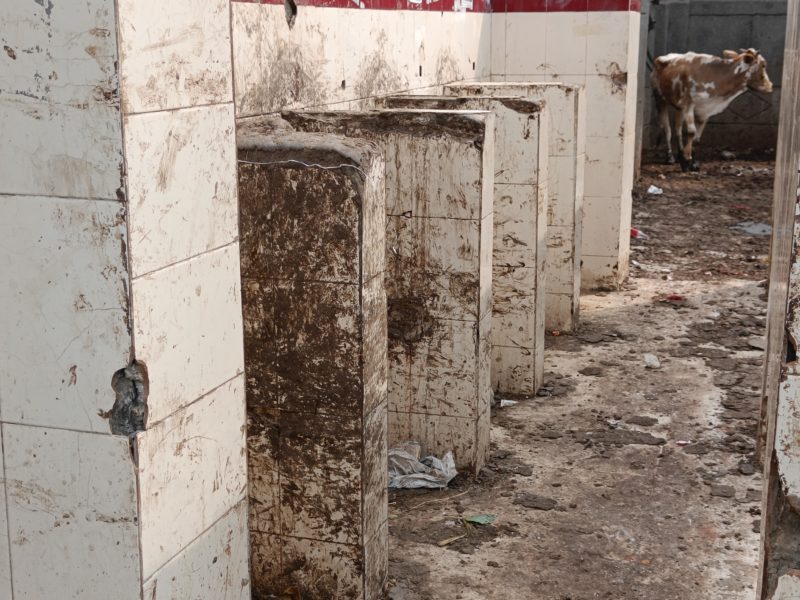
He also highlighted the problems of toilets saying, “Male toilets have become the centre for crimes in the mandi. High walls of the urinals are used as a shadow to hide behind and commit crimes”.
While Azadpur mandi has been battling these issues for long with no appropriate resolution or acknowledgement from the administration, one can only wonder if the issues will be fixed ahead of the 2022 Delhi Municipal Corporation elections where administration will hasten to cash in some votes.
For more stories that cover the ongoings of Delhi NCR, follow us on:
Instagram: https://www.instagram.com/thepatriot_in/
Twitter: https://twitter.com/Patriot_Delhi
Facebook: https://www.facebook.com/Thepatriotnewsindia

